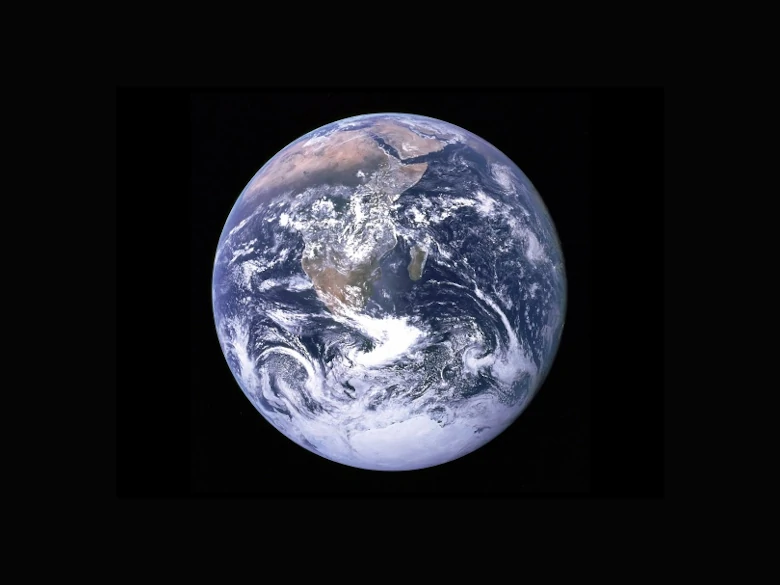Interactions Through The Application Of Forces
In this article, the following are the objectives that will be discussed.
- Understand what force is.
- State the different types of forces.
- Understand how to measure forces.
- Understand the different effects of forces.
What is Force?
Forces are either push or pull or a combination of both of them. It is being exerted and not created.
What is the difference between force and energy?
- Energy is the ability to do work.
- All living and non-living things need energy to perform their function.
- Living things obtain their energy from the food they consume, to which the food undergoes respiration, releasing energy in the process.
- Non-living things, such as telephones, computers, cars, and any kinds of devices, need energy in order for them to perform their function.
- Without energy, these things cannot perform their work.
Types of Forces
There are two types of forces:
-
Contact Forces:
Contact forces require contact between two or more objects.
The contact force that acts on two surfaces against each other is known as friction.
Here are some examples of contact force:
- opening the door
- air resistance
- water resistance
-
Non-Contact Forces
Non-contact forces do not require any contact between the objects. They can be exerted from a distance.
-
Gravitational Force
Gravitational force is the force that attracts objects to plants. It affects the earth, moon and planets in the Solar system.
The ocean tide (high and low tides) is one of the effects of gravitational force.
Matter vs Weight
Mass is the amount of matter in an object. Hence, the mass of an object will always remain the same wherever the object is.
Weight is the amount of gravitational force acting on an object, which has mass. Hence, the weight of an object changes depending on the strength of gravity pull.
Therefore, the weight of an object on the moon is actually smaller than that of the Earth because the gravitational force of the moon is weaker than that of the Earth.
-
Electrostatic Force
Have you ever experienced having your hair being attracted to an inflated balloon or to a plastic sheet?
This occurs due to the presence of electrostatic force. An electrostatic force is affected by the charges an object possesses.
If we rub a balloon against a fabric, the balloon will accumulate more negative charges. Hence, as the balloon has a large amount of negative charges, when the balloon is placed near our hair, the balloon will attract our hair, which is slightly positive. (Like charges repel and unlike charges attract.)
-
Magnetic Force
Magnetic force, also known as magnetism, is the force exerted by a magnet on magnetic materials (such as iron, steel, cobalt and nickel) or another magnet.

Image Credits: unsplash.com - Dan Cristian Pădureț
Measuring Forces
The SI unit of force is newton (N).
Weight is the force that the earth exerts on objects. Hence, weight has the same unit as a force.
To measure force, the extension spring balance and the compression spring balance are used.
How to determine the weight of an object?
Weight Of Object = Mass Of Object × Gravitational Field Strength
The gravitational field strength is dependent on the location of the object.
Effects of Forces
What are some effects of forces?
- Forces can move a stationary object.
- Forces can stop a moving object.
- Forces can change the direction of a moving object.
- Forces can change the speed of a moving object.
- Forces can change the shape and size of an object.
Revision Questions
Here are some questions for us to look into on the objectives of this article.
Question 1:
Read the statement below and determine whether it is true or false.
“Force is a form of energy since it can cause stationary things to move.”
- true
- false
Solution:
(B) false
Explanation:
Force is not a form of energy.
Question 2:
Read the statement below and determine whether it is true or false.
“Water resistance is one of the examples of forces.”
- true
- false
Solution:
(A) true
Explanation:
Water resistance is a type of frictional force.
Question 3:
Explain why two magnets which repel one another will eventually attract each other if one of the magnets is being heated continuously.
- The charge of the magnet that is heated changes, causing the magnets to have different charges and to attract one another.
- The magnetism of the magnet which is heated becomes weaker and eventually disappears. Thus, it becomes a normal magnetic material which is attracted to other magnets.
- The polarity of the magnet which is heated is reversed. Thus, the magnets attract one another.
Solution:
(B) The magnetism of the magnet which is heated becomes weaker and eventually disappears. Thus, it becomes a normal magnetic material which is attracted to other magnets.
Explanation:
One of the ways to weaken the magnetism of a magnet is by heating it. Hence, when the magnet becomes weaker, it will lose its magnetism and become a normal magnetic material.
| Continue Learning | |
|---|---|
| Chemical Changes | Energy And Work Done |
| Transfer Of Heat Energy And Its Effects | Interactions Within Ecosystems |
| Electrical Systems | Transport System In Living Things |
| Interactions Through The Application Of Forces | Human Sexual Reproductive System |
| Acids And Alkalis | |
Test Yourself
Which of the following is not an example of forces?
Pressure is the amount of force applied per unit area.
Pressure = Force/Area
Ans: (D) pressure
Which of the following statements is true?
I: Mass always changes depending on the location of the object.
II: Copper is one of the magnetic materials.
III: The unit of weight is Newton (N).
IV: The weight of an object on Earth is the same as on the moon.
Mass is the amount of matter in an object. Hence, the mass of an object always remains constant regardless of its location.
Magnetic materials are iron, steel, cobalt and nickel.
Weight is the amount of gravitational force acting on an object, which has mass. Hence, the weight of an object changes depending on the strength of gravity pull. Therefore, the weight on an object on Earth is different to that on the moon.
Ans: (III) The unit of weight is Newton (N).
Which of the following affects the weight of an object?
Weight of an object is affected by the mass and the gravitational field strength.
Ans: (A) Its mass
Which of the following is not an effect of force?
I: A chocolate bar is melting under the Sun.
II: A moving car stops when the brake pedal is pushed.
III: An object falls to the ground.
IV: Hairs are attached to a transparent plastic sheet.
A chocolate bar melting under the sun shows the gaining of heat and heat is not a force.
Ans: (I) A chocolate bar is melting under the Sun.
Which of the following cannot be changed by force?
Force can change the motion of an object, to which the object moves faster or slower.
Force can change the volume of an object. For example, when air is compressed, the volume of air decreases.
Forces can change the shape of an object, to which a piece of clay can be moulded into different shapes.
Ans: (D) mass of an object


 SG
SG  VN
VN 











